Do you have some food storage now, but need more recipes to use it? Check out these eleven FREE cookbooks, plus some extra resources like a book that teaches you how to can food, one on nutrition and one on REALLY frugal cooking and homemaking.
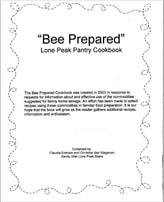
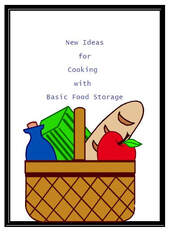
created to be used with the foods at the dry-pack canneries of the Church of Jesus Christ of Latter-day Saints. You can no longer dry pack food there, but can still purchase products already packaged.
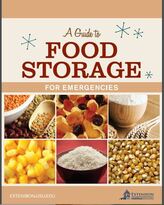
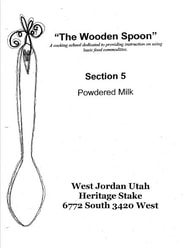
Introduction (note that the ‘length of storage’ information is outdated, per BYU Food Studies)
Intro- Commodities, Family Assessment, Family Plan, Skills & Equipment
Legumes
Oats, Honey, and Sugar
Wheat
Rice and Pasta
Powdered Milk
Seasonings
A Meal in a Bag- quick meals with everyday, three-month supply foods
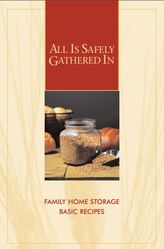
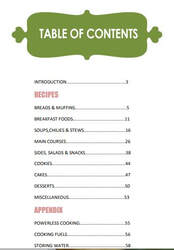
58 pages. Uses long-term storage foods as well as some shorter-term ones.
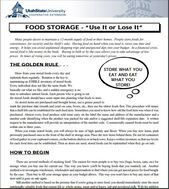
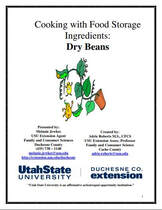
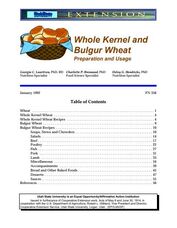
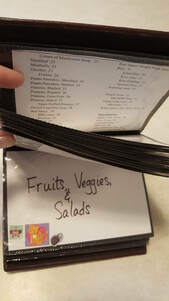
10. 3x5 card/photo album cookbook—3x5-sized cards to cut out and fit inside a small photo album that holds 72 photos.
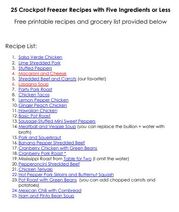
Other great resources:
Nutrition and Diet—includes charts on vitamins and their role in the body. Church of Jesus Christ of Latter-day Saints, 26 pages.
USDA Guide to Home Canning – a self-taught course in how to can.
Frugal pioneer recipes- ten recipes, printed in the July 1972 Ensign magazine.
American Frugal Housewife, 1838. The twenty-second edition.(!)
“Dedicated to those who are not ashamed of economy” and “Economy is a poor man’s revenue; extravagance, a rich man’s ruin.” The introduction begins, “The true economy of housekeeping is simply the art of gathering up all the fragments, so that nothing be lost. I mean fragments of time, as well as materials…and whatever the size of a family, every member should be employed either in earning or saving money… The sooner children are taught to turn their faculties to some account, the better for them and for their parents. In this country, we are apt to let children romp away their existence, till they get to be thirteen or fourteen. This is not well. It is not well for the purses and patience of parents; and it has a still worse effect on the morals and habits of the children. Begin early is the great maxim for everything in education. A child of six years old can be made useful; and should be taught to consider every day lost in which some little thing has not been done to assist others.”
__________________________
If you like old cookbooks, this website has more than 75 of them, all waiting for you in digital format.
Thanks to prepperssurvive.com for alerting me to the old cookbook digital collection!
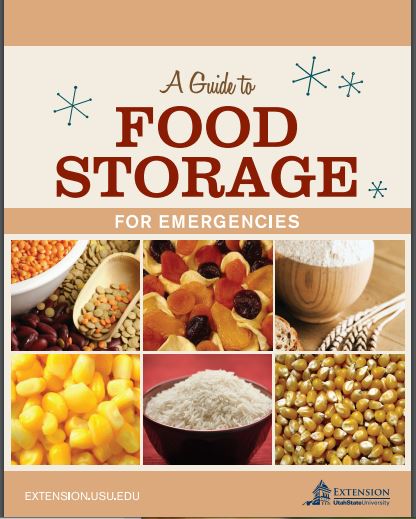

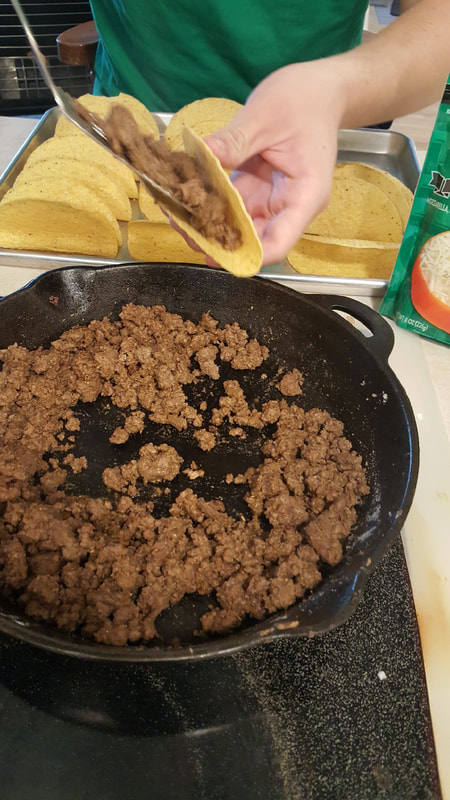
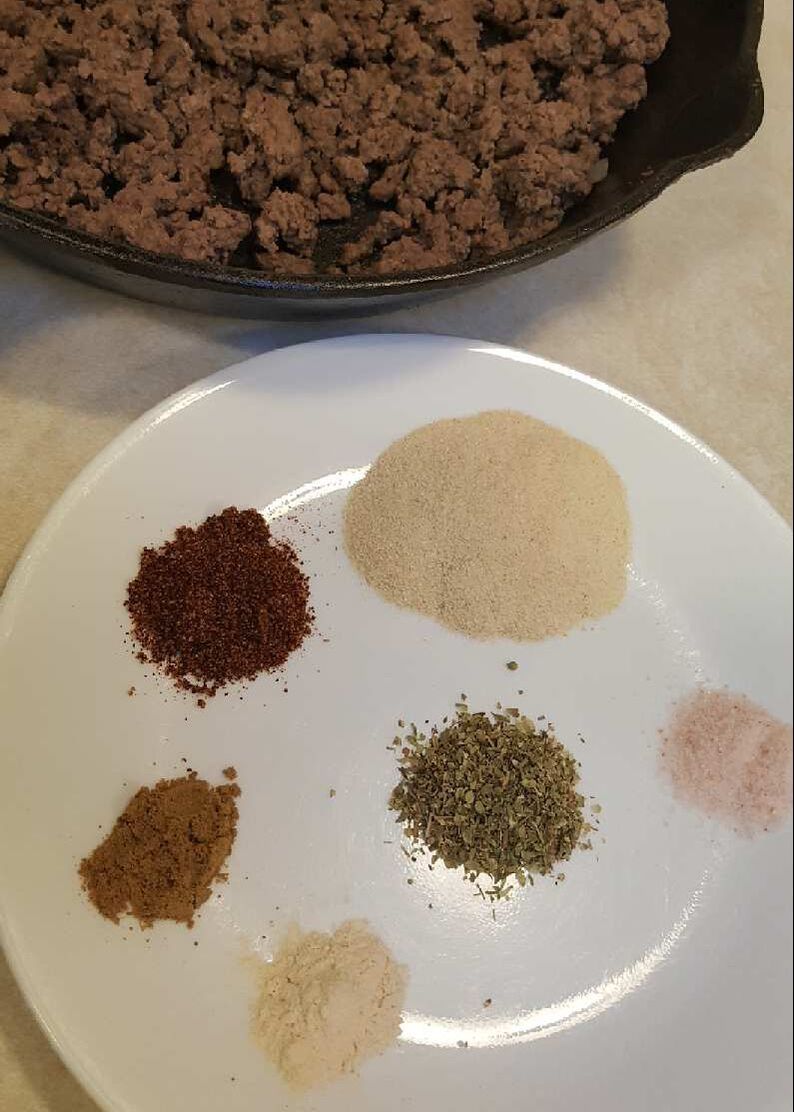
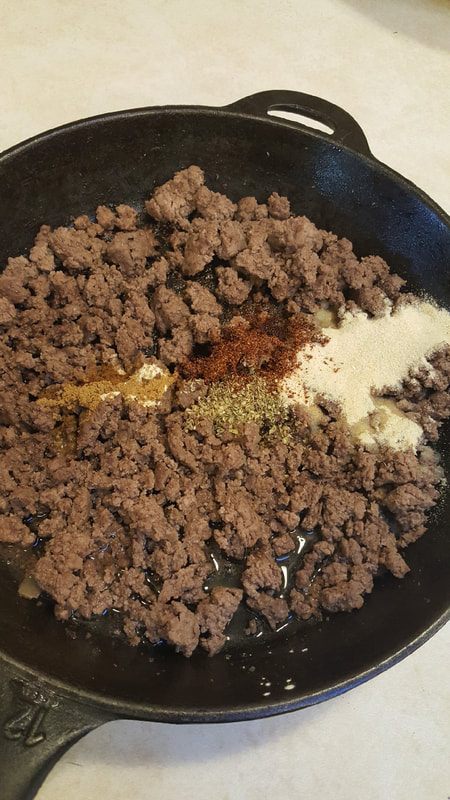







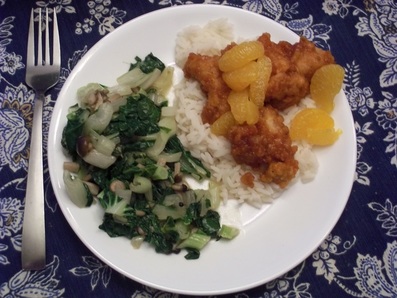
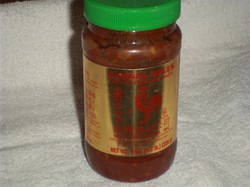
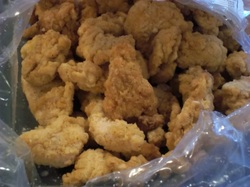
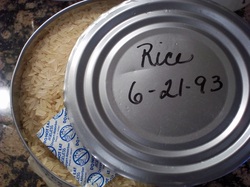
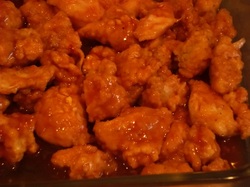
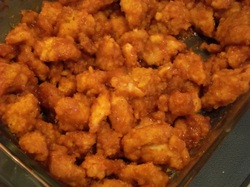
 RSS Feed
RSS Feed